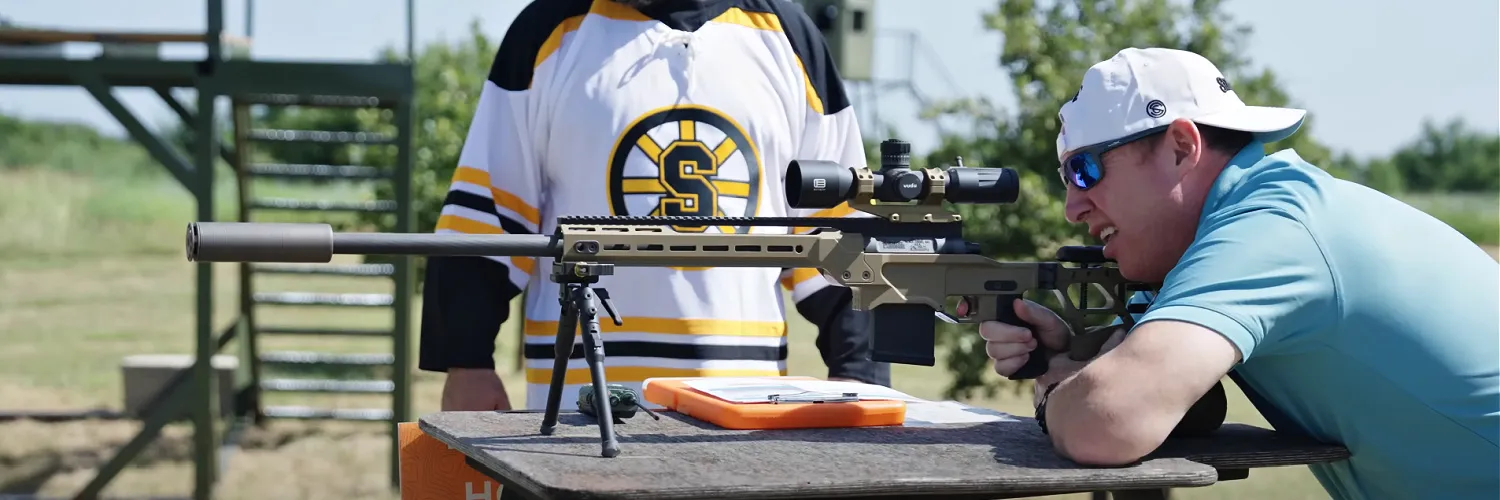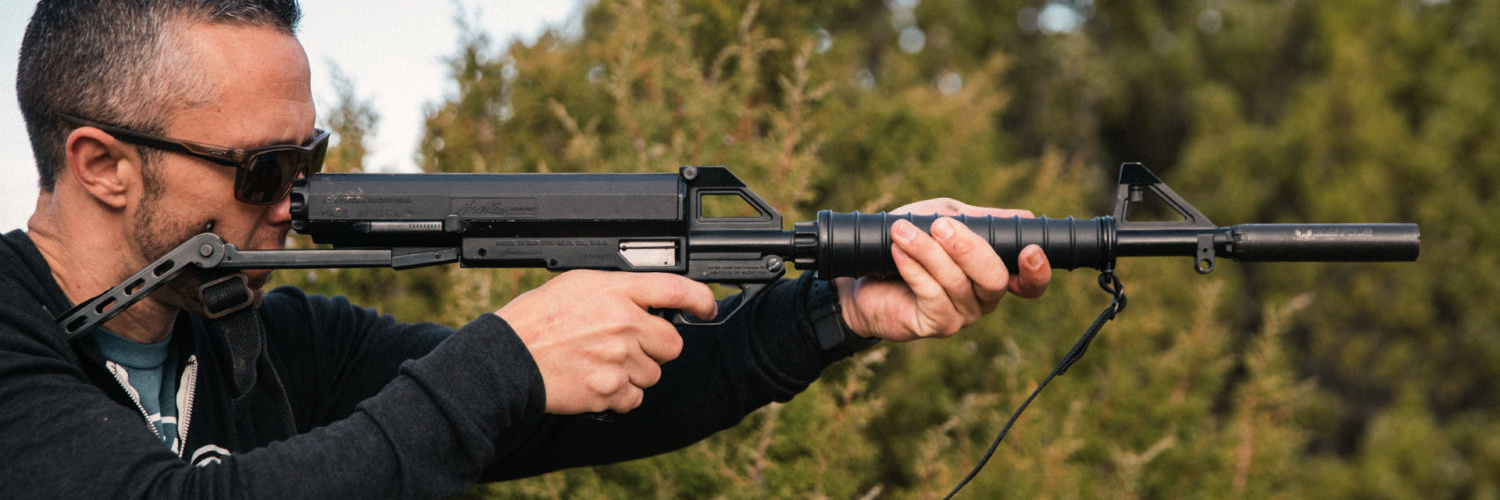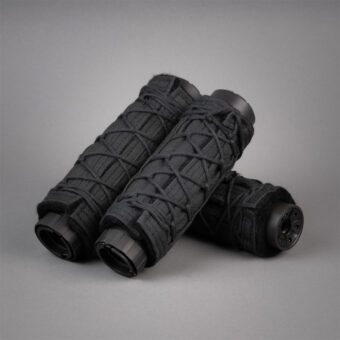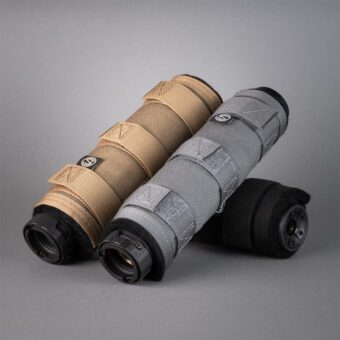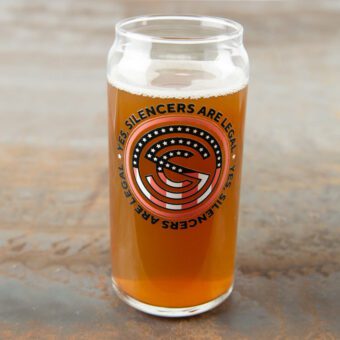How and When To Shoot a Suppressor Wet
Travis Pike
If you hang around suppressor gurus long enough, you’ll notice their use of certain terms like ablative, wet, dry, pistons, and others. Today, we’re focusing on those first three terms, and how they are typically used in reference to suppressor use. You may hear, “I’m shooting wet,” or “I’m shooting dry.” It essentially boils down to whether someone adds ablative material to their suppressor or opts for the dry method. Now, let’s dive into the science of suppressors to understand why these concepts matter.
What is Shooting Wet?
When you shoot with an ablative material in your suppressor, you are “shooting wet.” It may seem unusual, but it serves a significant purpose. The primary goal of using a suppressor is to reduce the noise produced by firing a gun, and shooting wet improves the performance of your suppressor.
I’ve used the term ablative material several times already, and you’re probably wondering exactly what that is. In the context of use in suppressors, it is a wet substance that, upon firing, acts as a sacrificial barrier to further reduce the noise. The actual composition of ablative materials can vary, but they typically include water (not beer, unfortunately). To use it effectively, you only need to pour a small amount, like a capful, into the suppressor, allowing it to cling to the inner walls. While water is a popular choice, wire-pulling gel is also commonly used due to its affordability and accessibility. Additionally, specialized foam designed for suppressors is considered the most effective, albeit the costliest option.
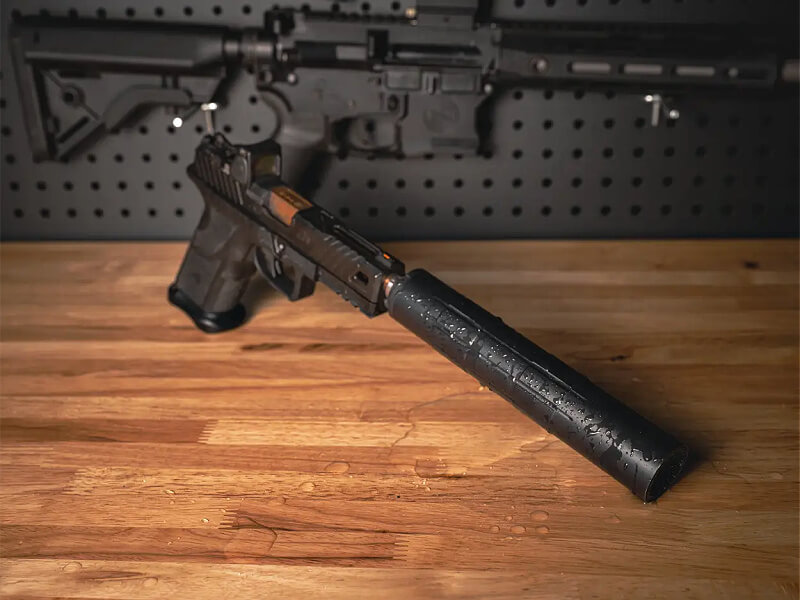
How does it work?
A suppressor works by capturing the gases expelled from the muzzle of your firearm, gradually decelerating and expanding them. These gases rapidly cool within the sound suppressor, resulting in a notable reduction in sound as they exit the device. That’s how the core of a suppressor works.
When we add an ablative material, it enhances the suppressor’s capability to slow down the gas, facilitate expansion, and expedite cooling. Keep in mind that this process induces the material to evaporate, so periodically replenishing your suppressor with wet material is necessary to maintain its effectiveness.
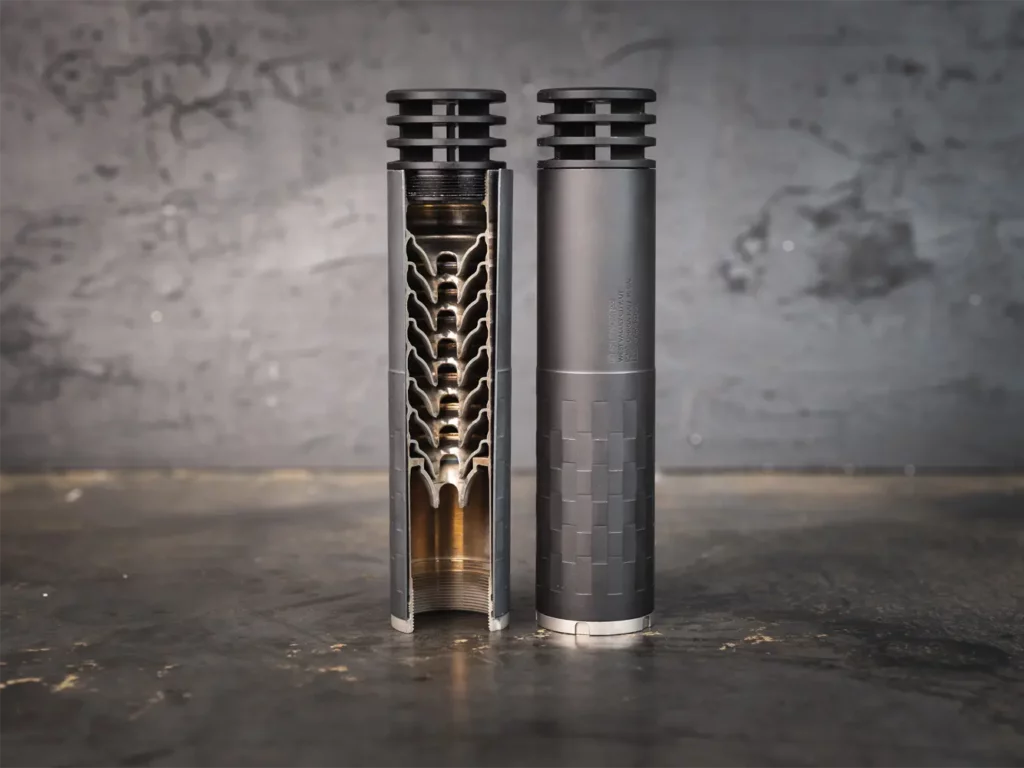
Shooting wet allows a suppressor to reduce the sound of a gunshot from three to 10 decibels. These results can vary significantly depending on which ablative material is used, as well as the caliber being shot and the design features of the suppressor.
How To Shoot a Suppressor Wet Correctly
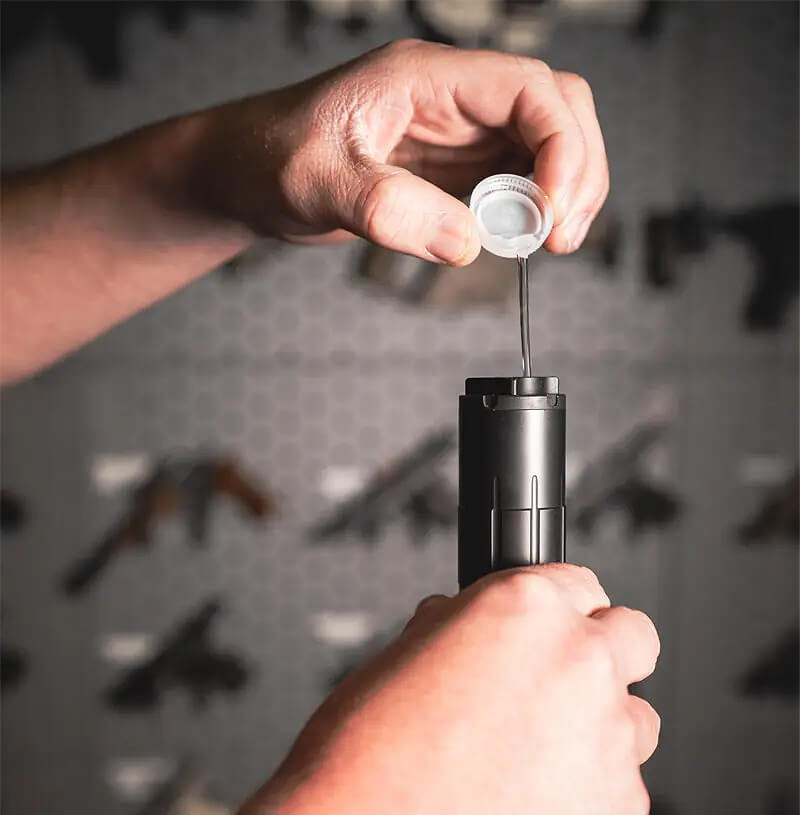
Before adding any ablative material into your suppressor, you need to determine a few things. Make sure you know whether the suppressor is designed for shooting wet. You can verify this by consulting the manufacturer’s guidelines, and checking your specific suppressor’s specifications. If you aren’t sure if your SilencerCo suppressor can be shot wet, feel free to reach out to our Customer Service team.
Most rifle cans are not designed to be run wet with rifles. Doing so may lead to excessive pressure build-up, potentially resulting in damage to the suppressor. Always adhere to the manufacturer’s recommendations to ensure safe and optimal performance.
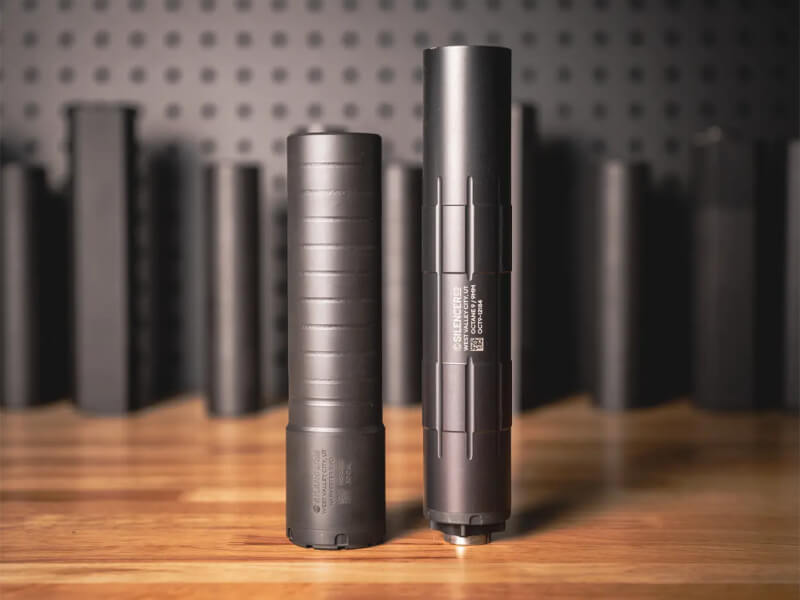
Also, there is such a thing as too much ablative material. Adding too much will build up excessive pressure inside the suppressor. In the best-case scenario, this can result in a messy firing experience. The general guideline is to add a teaspoon to the blast chamber, but it’s advisable to check your manual for precise recommendations. When you fire your weapon, the initial round will disperse the material throughout the can.
Keep in mind that the effectiveness of a wet suppressor can vary significantly, depending on factors such as caliber, material used, external temperature, shooting speed, and more. Typically you can expect a noise reduction from five to 30 rounds fired through a wet suppressor. You’ll certainly notice when the material runs dry.
How to Clean Your Can After Shooting Wet
Cleaning your can after shooting wet should be a priority. This practice helps prevent rust and ensures that the material doesn’t leak into your gun safe or down your weapon’s barrel. The best approach is to continue shooting until the material is depleted, making it easier to clean.
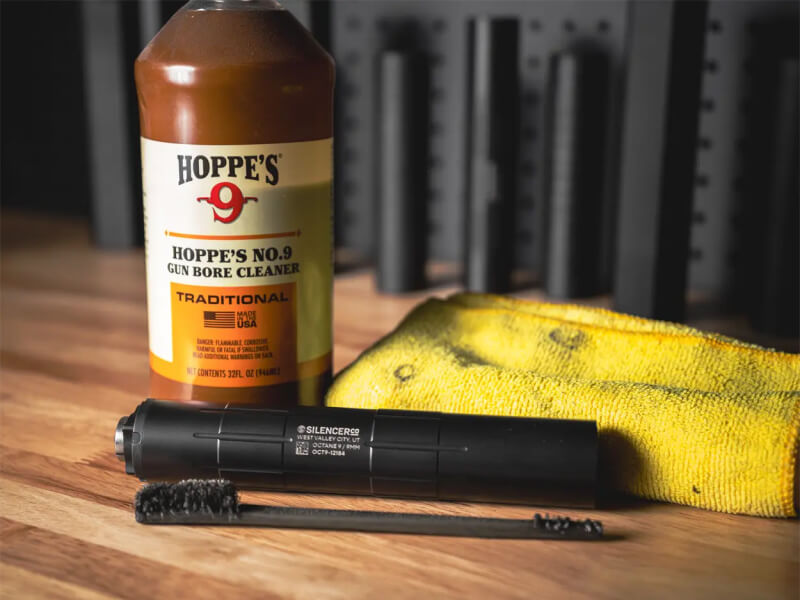
If your suppressor can be disassembled, take it apart, scrub it thoroughly, and let it dry. As for fully-welded cans, SilencerCo does not recommend cleaning them. For more information, check out our article, How To Clean a Suppressor.
Keeping Things Wet
In conclusion, shooting a suppressor wet is a great way to maximize its performance. While most of us usually shoot dry, it’s worth trying out, just to hear the difference in sound reduction that a wet suppressor can make. It’s like a cool physics experiment. Just remember, make sure it’s safe and compatible with your suppressor. Wet cans make a big difference, and if cutting noise is the point, it doesn’t get better than this.


